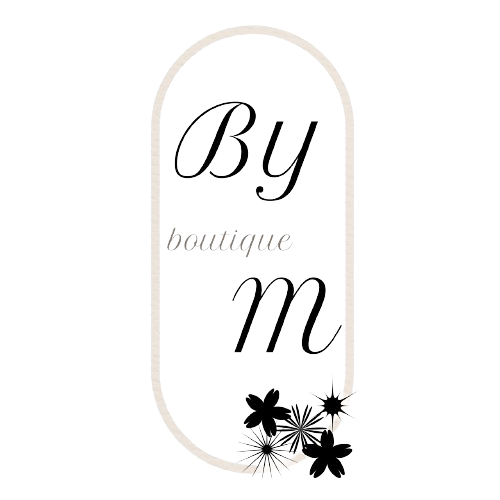
General Guidance on Calculating Indirect Costs The National Endowment for the Humanities
An example could be the rent for the corporate office space where various projects are managed. Understanding the distinction between direct and indirect costs is pivotal in determining the optimal project pricing strategy and achieving profitability. When allocating indirect costs, indirect costs are also referred to as consistency in the chosen method is key, more so than the specific method itself. The purpose of allocation is to determine a fair and logical way to distribute indirect costs so that individual projects, tasks, or departments bear an appropriate share of these expenses.
- Indirect costs can be more challenging to track than direct costs since they are not directly tied to specific projects or clients.
- Various taxes paid by the construction company, including property taxes and income taxes.
- Direct costs are expenses that can be traced directly to a specific construction activity, task or project.
- Jimmy has a masters in degree in accounting from Bachelors degree from University of Colorado Boulder.
- For example, a project that involves significant safety or environmental concerns may require a higher level of indirect costs to ensure compliance with regulations.
- The other are recurring indirect costs, which repeat for a particular company, like maintenance of records or the payment of salaries.
- After pinpointing all indirect expenses, the next step is to project their anticipated amounts.
Specifically, when dealing with indirect costs, periodic assessments are essential to monitoring financial performance. Some types of indirect costs such as insurance, licensing, or materials can vary significantly with market conditions. Regularly revisiting these ensures that a construction firm isn’t caught off guard by unexpected surges or drops in expenses. It is possible to justify the handling of almost any kind of cost as either direct or indirect.
Include contingency.
It’s important to understand direct and indirect costs, and track them monthly, says de Vos. “Before you invest in a lot of training or new software, I’d look at how your costs are changing over time. If you can see a rise in direct costs, then you might want to make changes to materials or look to increase revenues before making that investment,” she says.
Expenses related to the general operation of the construction company, including office rent, utilities (electricity, water, heating/cooling) and office supplies. Note that if electricity is not used as primary source for production then electricity cost will be treated as utility and is always indirect. For example, if electricity is required to run the boiler which in turn generates steam, then electricity needs to be allocated directly. When an analyst understands the overall cost structure of a company, they can identify feasible cost-reduction methods without affecting the quality of products sold or service provided to customers.
Indirect cost examples
This will allow for each program or activity represented in the direct costs base to assume their fair share of indirect costs when the rate is applied. Variable costs are expenses that change in direct proportion to changes in production levels or business activities. These costs increase as production or activity increases and decrease as production or activity decreases. Direct variable costs directly relate to the production of a specific product or the completion of a particular project. Indirect costs, on the other hand, are more closely tied to on-site construction activities but not to the actual materials or labor.

